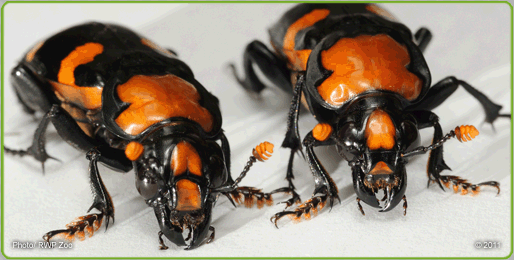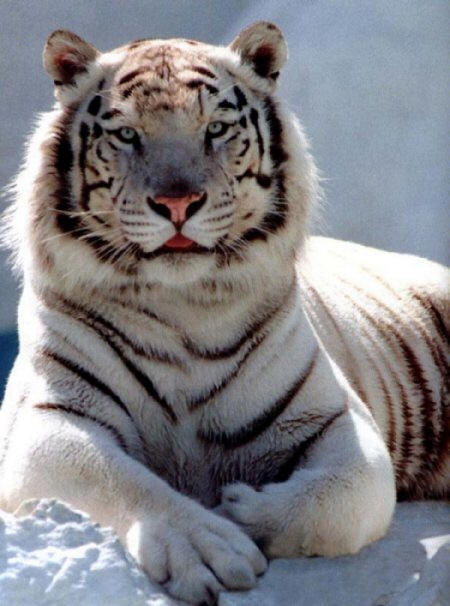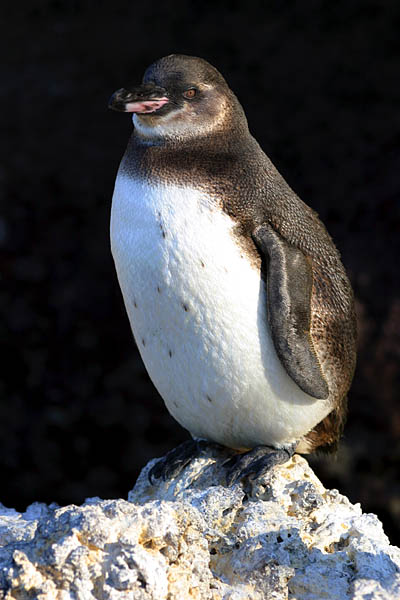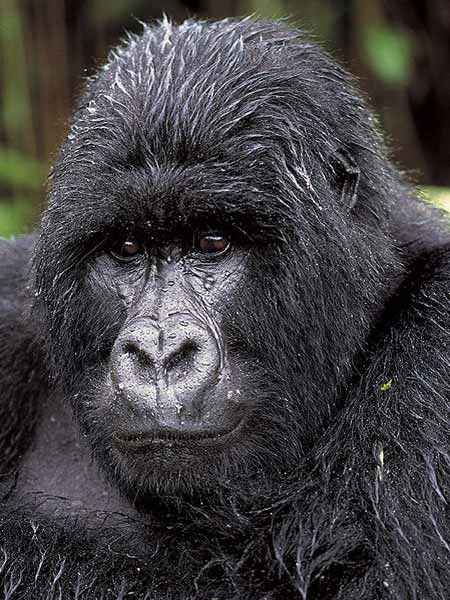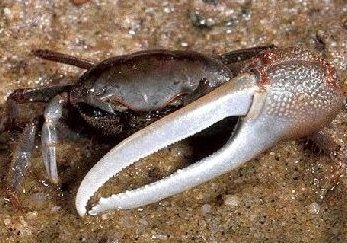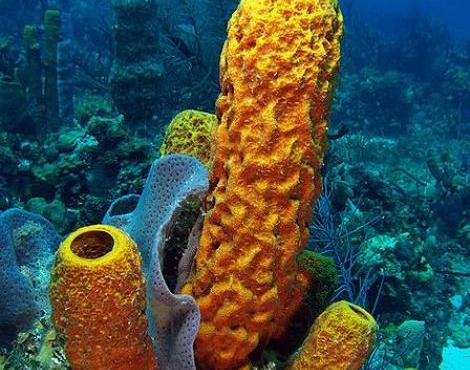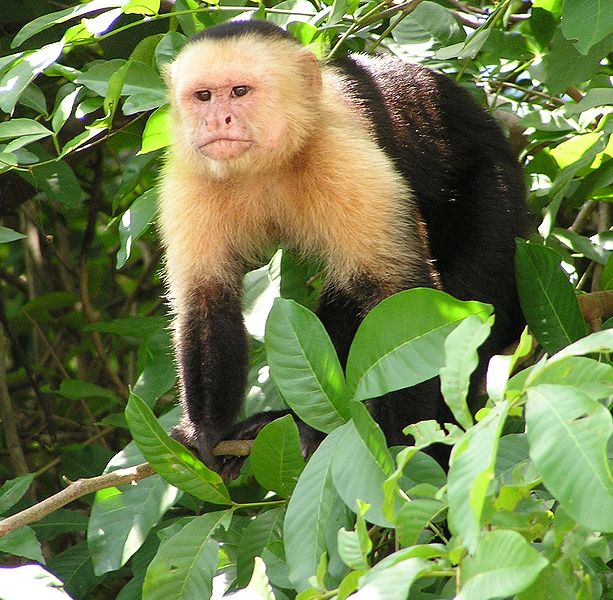Throughout the week we have learned about mammals that sneeze, incredibly small fish, furry footed birds and even an amphibian that breathes through its skin, however, it appears we have left out our invertebrate friends. Today we change that as we explore the interesting life of the American Burying Beetle.
Cool Facts About The American Burying Beetle
- The American Burying Beetle is also known as the Giant Carrion Beetle. The giant part of their name seems appropriate as their average length is around 3 cm (1.2 inches), which is a pretty decent size for an insect.
- This particular beetle can only be found in North America, with an important part of their population found in Nebraska, USA. Unfortunately, this population is in jeopardy as this beetle is listed as “Critically Endangered”
- If you have been reading the news lately, you may have heard of the Keystone Pipeline project, which will transport oil from Canada to refineries in the USA, however, you may not have heard that before they can run their pipeline through the state of Nebraska, they will have to capture and re-locate the precious and critically endangered American Burying Beetle.
They Are Called Burying Beetles for a Reason
So what makes this beetle so special? Well, many things but in my opinion, I think their love for burying carrion has to be at the top of the list. Wait a minute, these beetles actually bury dead animals? Why?
 Believe it or not, carcasses play a major role during the mating season for the American Burying Beetle. You see, the males will often wait for the sun to set before going out to find a large carcass (typically the size of a squirrel or dove). Once they find their trophy the males will start pumping out special pheromones in an attempt to attract the perfect mate. Once a male and female settle on each other, they will either burying their prized carcass on the spot or roll it to a better location.
Believe it or not, carcasses play a major role during the mating season for the American Burying Beetle. You see, the males will often wait for the sun to set before going out to find a large carcass (typically the size of a squirrel or dove). Once they find their trophy the males will start pumping out special pheromones in an attempt to attract the perfect mate. Once a male and female settle on each other, they will either burying their prized carcass on the spot or roll it to a better location.
Down the Conveyor Belt
Before we go onto the next step of this mating phase, I think it is important to tell you how these beetles move an animal that is 200 times their weight (just to put this into perspective, if you weight 150 pounds this would be equivalent to you lifting an object that is 30,000 pounds – that would be like lifting the Westminister Bell (the one found in Big Ben)). Incredibly, these beetles will lie on their back and use their legs like a conveyor belt passing the carrion down the line. This must be quite the site.
Feeding Their Young
Once the beetle gets their carcass to their desired location, they begin to bury it. While burying it, they will also create a brooding chamber adjacent to this large pile of baby food. Yep, when the eggs hatch they have a nice large meal waiting for them. So, while it may seem like a lot of work, these beetles are just trying to be the best parents they can be to their unborn young. You can’t fault them for that.
Wild Fact Flashback: Wild Fact #994 – Good Vibrations

